European Semi-Tractor Manufacturers that No Longer Exist
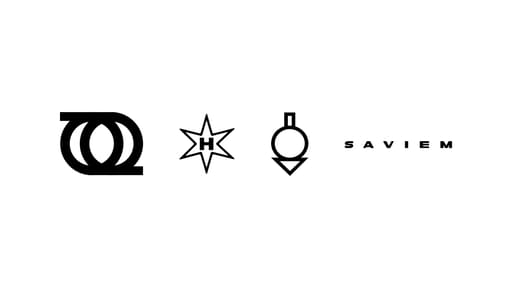
On our blog you can read about semi-trailers: their history, development and types. This is understandable, because the loads are placed on the trailers, which will then set off on the road to reach the destination. But this would not be possible if it were not for tractors units, which are used to haul semi-trailers.
We will definitely write about the history of tractor units in the future. But today we want to introduce this topic on our blog from a slightly different angle. We will take a closer look at truck manufacturers that have disappeared from the European market.
Even people who are not interested in road logistics on a daily basis have certainly heard of brands such as DAF, Volvo, Scania, Mercedes-Benz, IVECO or MAN. These are currently the most famous manufacturers of semi-tractors and trucks in Europe, which dominate this market. But it wasn’t always like this. In the not so distant past, there were many more companies producing semi-tractors in Europe. Today, however, they are defunct. What companies are these? Why don’t they exist anymore? In this article, we will present the history of several of the most famous European truck brands that have ended their life on the market.
Defunct UK semi-tractor manufacturers
There were many manufacturers of trucks and tractor units in the British Isles. Here we will mention three.
Foden (founded: 1887;defunct: 2006)
Foden Trucks was founded by Edwin Richard Foden in 1887. The company first produced steam engines and agricultural machinery, and at the end of the 19th century it began producing steam-powered trucks. In the early 1930s, Foden’s management realized, albeit reluctantly, that the diesel engine was the future of road transport. In 1931, the production of the F1 model was launched –the first truck with a diesel engine in history, which achieved sales success. After World War II, Foden manufactured a wide range of trucks and tractor units. The S21 model was distinguished by a cabin made of fiberglass, which not only reduced weight, but also allowed for a more extravagant design.
In the early 1970s, there were difficult times for the Foden brand. The British market had collapsed and the company had just invested huge sums in a new factory. Foden was saved from bankruptcy by a government contract for the supply of trucks to the British army. In 1980, the company went into receivership, and then it was taken over by the American PACCAR. From the end of the 1990s, Foden no longer produced vehicles of its own design, only DAF models (brand also owned by PACCAR), which differed from the Dutch models only by a different front strip design and a logo on the radiator grille. In 2006, the owner of the company decided to end the production of trucks under the Foden brand.
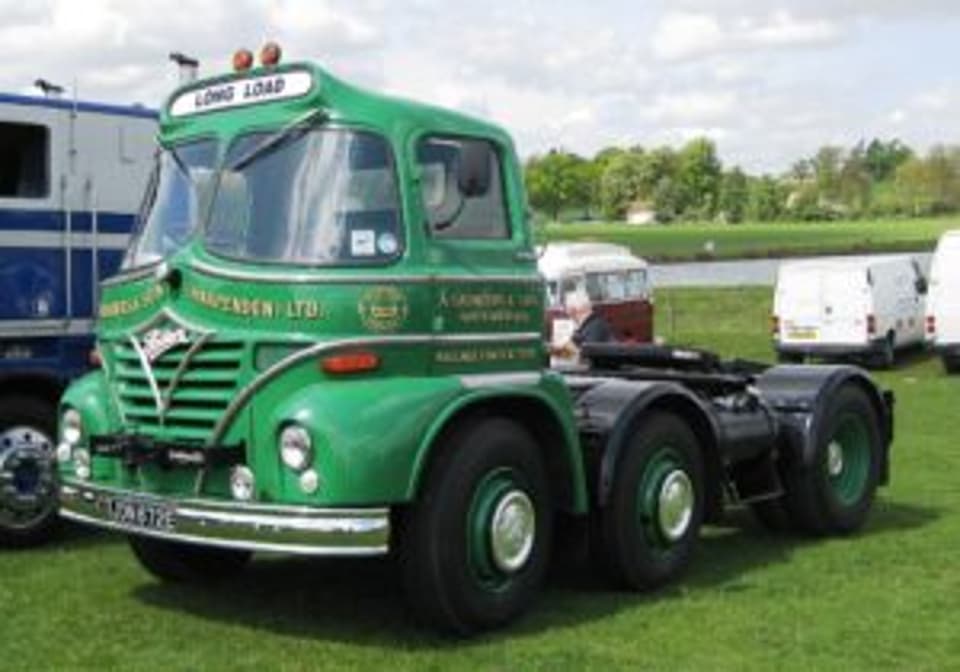
1967 Foden semi-tractor (Author: Charles01, CC BY-SA 3.0, 2.5, 2.0, 1.0, Wikipedia)
ERF (founded: 1933;defunct: 2007)
The founder of ERF was… Edwin Richard Foden, from whose initials its name comes. ERF was established in 1933 after Edwin Foden and his son Dennis left Foden Trucks when the management did not agree with their vision that the future of trucks was diesel engine (Foden’s management later changed their mind, as you could read about in the paragraph above). For most of its existence, the company was engaged in the construction of chassis and cabins, and components (engines, gearboxes, axles) were ordered from external contractors. ERF has never been a large manufacturer, and in addition, it offered most of its trucks and tractor units on the domestic British market. The recession of the early 1980s resulted in significant sales declines, which meant the end of ERF’s existence as an independent manufacturer.
Over the following years, the owners changed, until in 2000 ERF was taken over by the German MAN. Part of the production was moved to Munich, and the last trucks and semi-tractors with the ERF logo were simply MAN designs. In 2007, the German owners decided to end production under the ERF brand. The second company founded by Edwin Foden ended its market life in exactly the same way as the first one –due to a business decision of its foreign owner.
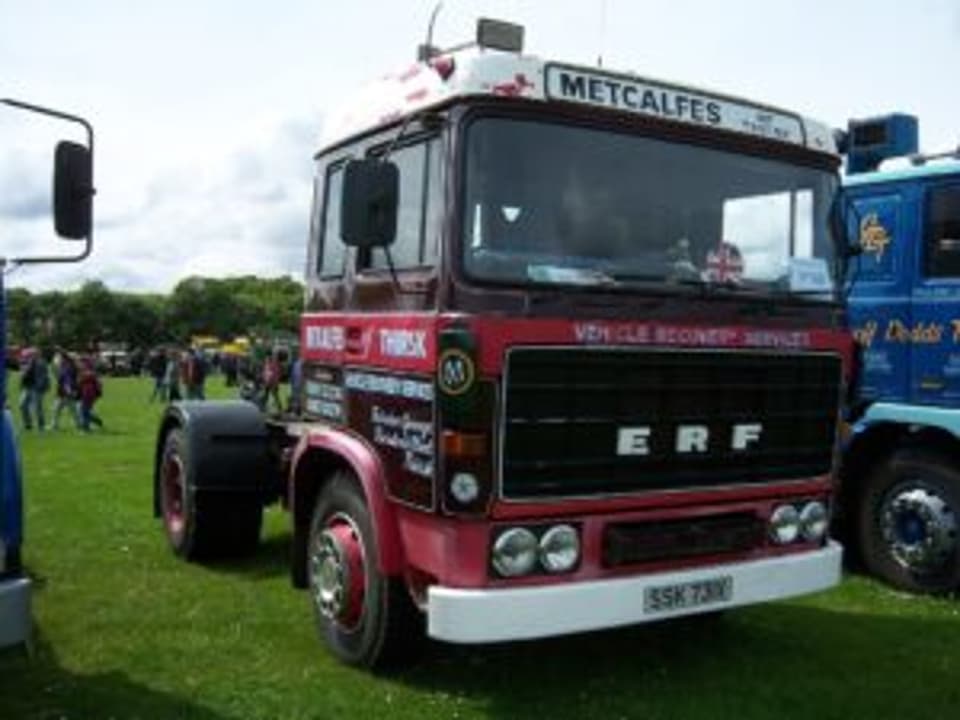
1982 ERF B-series (Author: Ultra7, public domain, Wikipedia)
Atkinson/Seddon/Seddon Atkinson (founded: 1907/1919/1970;defunct: 2009)
Seddon Atkinson was formed in 1970 from the merger of Atkinson Vehicles and Seddon Diesel Vehicles. The first company was founded by five Atkinson brothers, who from 1907 started to manufacture steam vehicles, including trucks. In the 1930s, they switched to diesel engines. Seddon Diesel Vehicles was established in 1919 by two Seddon brothers. Both companies shared the same recipe for sturdy and reliable trucks: build solid vehicles that meet market needs using components bought from external manufacturers.
The two companies merged in 1970 to form Seddon Atkinson, but until 1975 two separate model ranges were maintained under two brands. Only the launch of the 400 series (with a modern cabin designed by the legendary Ogle Design studio) meant the unification of the range and the launch of a separate Seddon Atkinson brand. A year earlier, the company was bought by the American International Harvester, and in 1984 (when Seddon Atkinson was doing poorly on the market, mainly due to deteriorating quality), it was sold to the Spanish ENASA. Under the new ownership Sedden Atkinson introduced a new series of Strato semi-tractors. In 1991, ENASA, together with Seddon Atkinson, was acquired by IVECO. The brand’s last models were based on the vehicles of the Italian owner, and production was moved to Spain. When it turned out that Seddon Atkinson sold less than 300 trucks a year in Great Britain, the IVECO management decided to liquidate the brand, which took place in 2009.
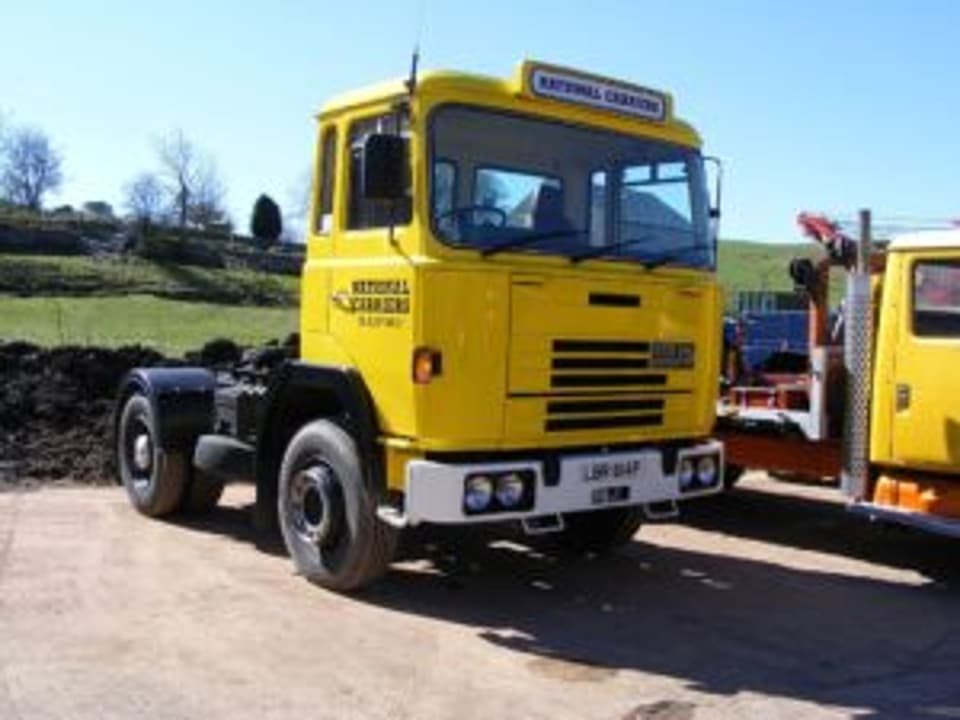
1975 Seddon Atkinson 400 (Author: Pimlico Badger, CC BY-SA 2.0, Wikipedia)
Defunct semi-tractor manufacturers from Germany
Büssing (founded: 1903;defunct: 1971)
Büssing was founded in the German city of Braunschweig in 1903 by Heinrich Büssing. Already the first truck sold under the Büssing brand –a model with a two-cylinder petrol engine and a worm gear –turned out to be a sales success. In the 1920s and 1930s, the company offered a wide range of trucks, buses (double-decker models were popular in pre-war Berlin) and trolleybuses. After World War II, the company returned to civilian production. Büssing specialized in the production of trucks and semi-tractors (the most popular was the Commodore model) with diesel engines placed under the floor, in which the piston moves vertically up and down and the crankshaft is located below the cylinder.
In 1969, Büssing was taken over by MAN, which had previously cooperated closely with the Braunschweig-based manufacturer. The brand disappears from the market two years later, when it is fully replaced by models bearing the MAN logo. Only the Braunschweig lion, the symbol of the city, which Heinrich Büssing adopted as the brand’s trademark, reminds us that such a truck manufacturer once existed. This is because MAN kept the lion in its logo.
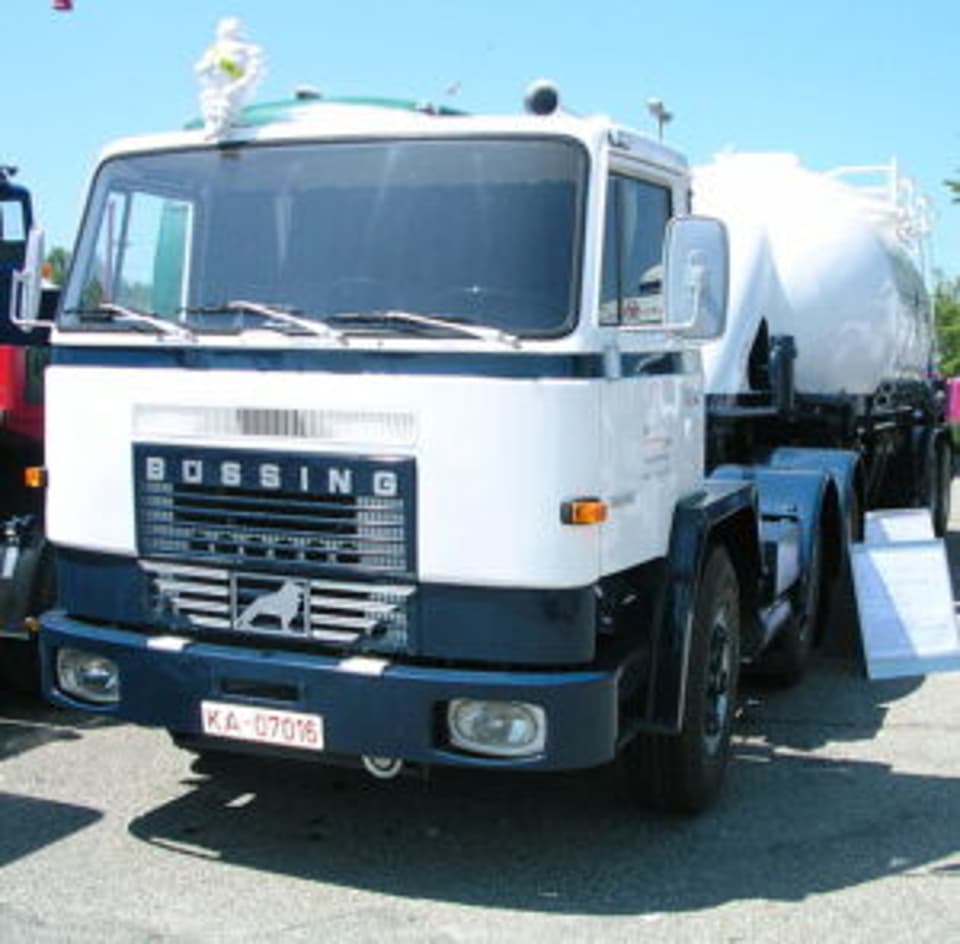
1971 Büssing BS 20 (Author: Norbert Schnitzler, CC BY-SA 3.0, Wikipedia)
Hanomag/Henschel/Hanomag-Henschel (founded: 1810/1871/1969;defunct: 1974)
The Hannoversche Maschinenbau AG plant, as this is the full name of this manufacturer, was established in 1871. The company specialized first in the production of steam locomotives, then agricultural tractors and even passenger cars. During World War II, the plant produced military vehicles. The time for trucks came later, in the early 1950s, when a light truck (load capacity 1.5 tons) called L 28 appeared. At that time, Hanomag was taken over by the Rheinstahl concern.
In 1964, Rheinstahl bought the Henschel Werke plant, which had been operating since 1810. Henschel also specialized in machine production: they made locomotives, buses, construction equipment, tanks and even airplanes. Trucks under the Henschel brand have been available on the market since the 1920s. After World War II, Henschel focused on the production of trucks (HS series) and buses. The models introduced in 1961, developed together with the French Saviem, were particularly revolutionary. They were distinguished by their modern cabins (H and F series).
Daimler-Benz took over Hanomag and Henschel from Rheinstahl in 1969 –the Hanomag-Henschel Farzeugwerke company was established, and the trucks were sold under one brand: Hanomag-Henschel. It lasted until 1974, when Daimler-Benz liquidated the brand.
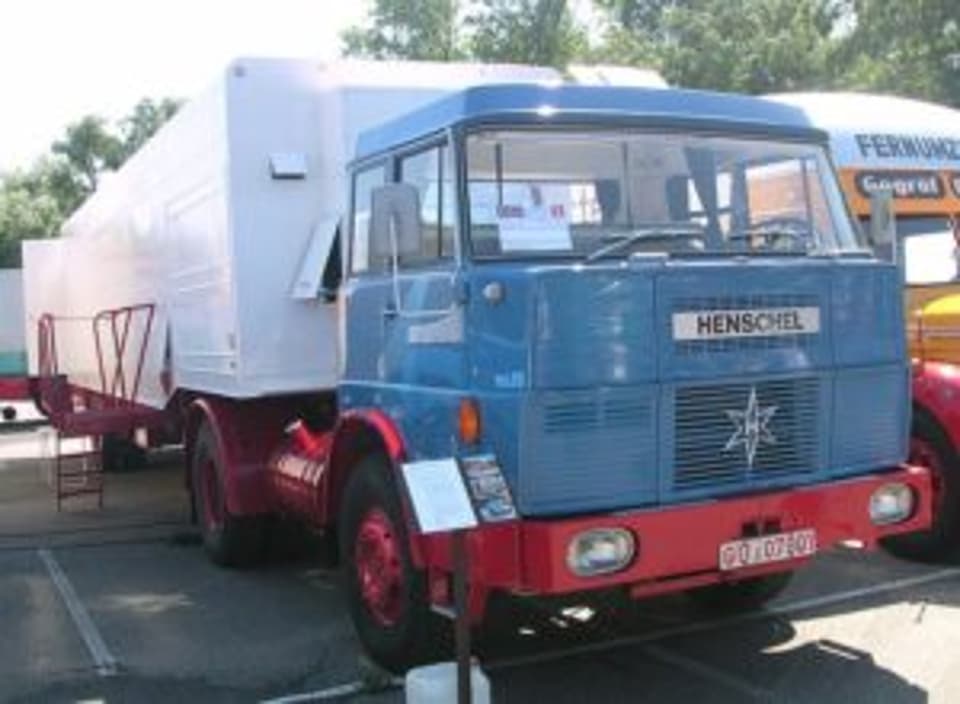
1967 Henschel HS 16 TS (Author: Norbert Schnitzler, CC BY-SA 3.0, Wikipedia)
Defunct semi-tractor manufacturers from France
Berliet (founded: 1899;defunct: 1978)
This French brand, created by Marius Berliet, can boast a history dating back to 1899. During its existence, Berliet produced passenger cars, buses and trucks. One of the most famous trucks of this brand was the CBA model, which the French army used to supply troops during the Battle of Verdun. Production of this model started in 1914 and lasted until 1932.
Berliet’s first diesel truck had appeared a year earlier. In the 1920s and 1930s, the brand offered a range of passenger cars and trucks with varying success. After World War II, Berliet focused only on the production of trucks and buses. In 1957, Berliet showed the T100 model –then the largest truck in the world, with a 6X6 drive and a V12 engine with a power of 700 HP.
Despite the popularity of, among others, GLR line trucks, ten years later Berliet ended as an independent brand –the company was taken over by Citroen. Two years earlier, in 1965, Berliet showed the revolutionary Stradair model (load capacity 5 tons;also available as a tractor unit). The creators wanted to provide the driver with as much comfort as possible while driving (comparable to the famous Citroen DS). Stradair had a flat cabin floor, the engine was positioned in front of the front axle and the suspension was partially based on airbags. The driver had the impression that he was sitting in a passenger car. Unfortunately, the extended hood made it difficult to maneuver in cities, the price was too high and the suspension was too unreliable. Only 3,000 units of the Stradair were produced. In 1974, after the fuel crisis, the tire manufacturer Michelin, which owned Citroen, decided to sell it to Peugeot. This meant that Berliet also had to go for sale. Ultimately, it was taken over by Renault. Berliet ceased to exist as an independent brand in 1978.
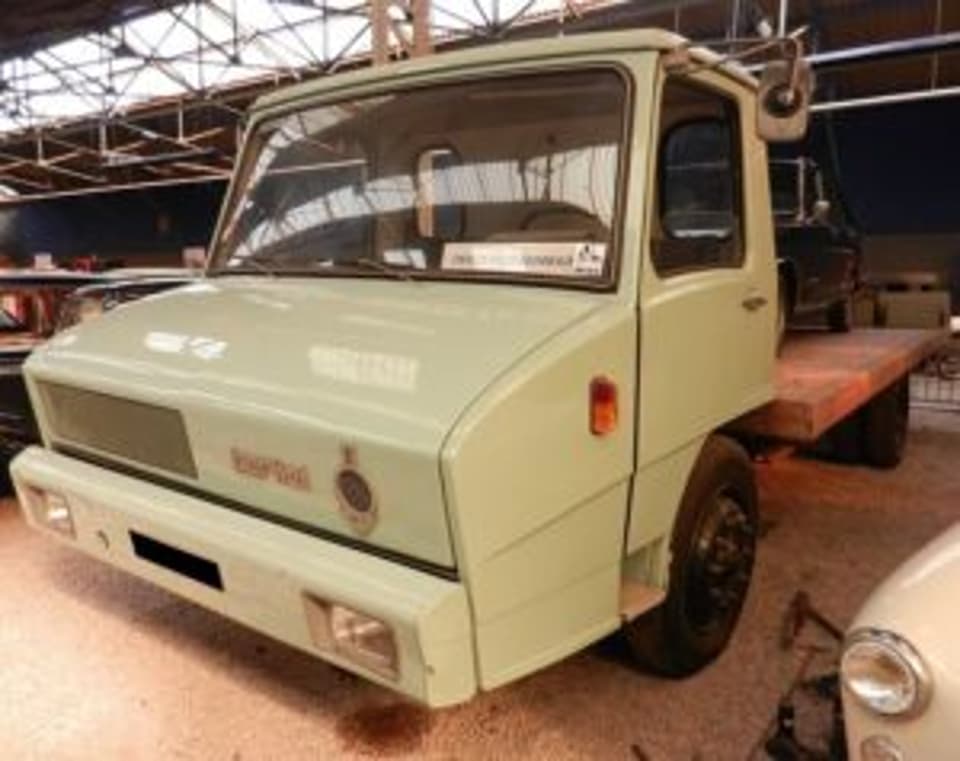
Berliet Stradair (Author: Route1966, CC BY-SA 3.0, Wikipedia)
Saviem (founded: 1955;defunct: 1978)
The Saviem brand, that is Société Anonyme de Véhicules Industriels et d’Équipements Mécaniques, was founded by Renault in 1955. After World War II, Renault decided to withdraw from the truck market, but the economic boom in France in the 1950s prompted the company to re-enter this market. Renault took over two competing companies (Somua and Latil) and that’s how Saviem was created. In the 1950s and 1960s, Saviem offered a wide range of medium and heavy trucks, tractor units and their variants developed for the military. Particularly popular was the Super Gallion model with a load capacity of 6 tons. In the late 1970s, the French government wanted to unify the production of commercial vehicles in the country. Renault, which was a state-owned company, took over Berliet for this purpose in 1978 and merged it with Saviem. The Renault Vehicules Industriels was established, the Berliet and Saviem brands were liquidated, and their models were still sold with the Renault logo on the radiator grills.
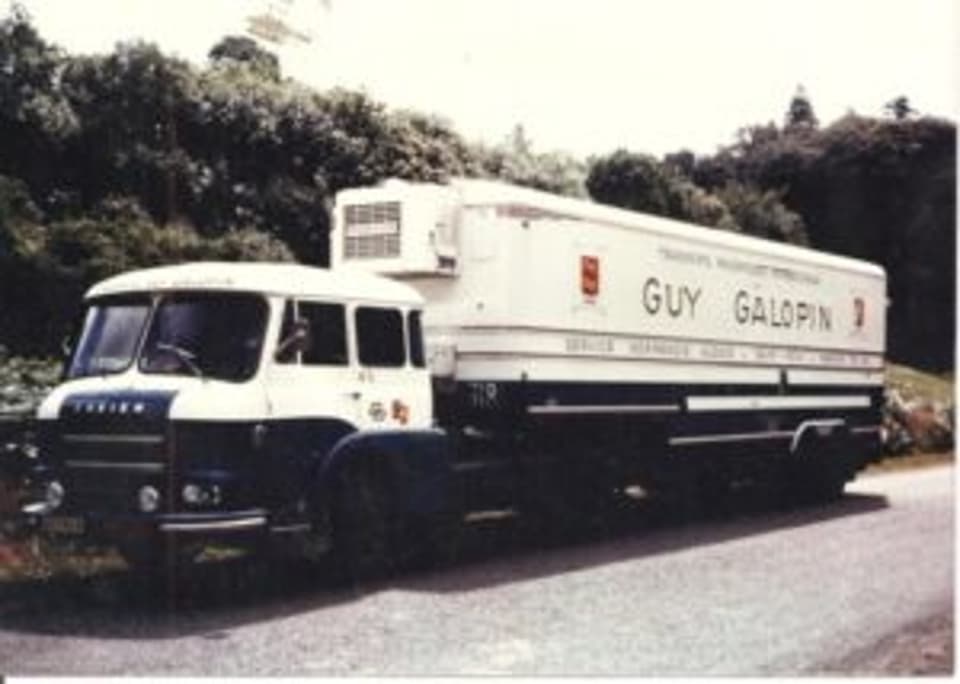
1963 Saviem JL20 (Author: EOW, CC BY-SA 4.0, Wikipedia)
Defunct tractor unit manufacturers from Spain
Pegaso (founded: 1946;defunct: 1994)
Pegaso is a story about trucks and…sports cars. Pegaso was the brand of the state-owned concern ENASA, which in Francoist Spain was responsible for the production of trucks, buses and military vehicles. The main engineer of the brand was the legendary Wilfredo Ricart. Although the Pegaso brand produced primarily commercial vehicles, which were a symbol of the Spanish “economic miracle”of the 1950s and 1960s (including tractor units of the 2011 series –the brand’s flagship), today it is remembered primarily for the Z-102 model –a sports car .
In the years 1951-1958, approximately 100 of them were produced, and during the production period it was for a while the fastest car in the world (maximum speed was 243 km/h). ENASA introduced the Z-102 model, which only millionaires and movie stars could afford to buy, solely for image-building purposes.
The market collapse in the early 1970s forced the sale of 35% of Pegaso shares to the American International Harvester. The beginning of the 1980s saw the takeover of the British Seddon Atkinson by ENASA and the last attempt to fight for a position on the European truck market. In 1986, the Troner debuted (its cabin, shared with the DAF 95, was designed by the legendary Giorgietto Giugiaro) –as it turned out, it was the last Pegaso that the Spaniards constructed on their own. The competitors on the market were so strong that the Pegaso brand had to recognize their superiority. In 1991, the company was taken over by the Italian IVECO and until 1994 the brand’s vehicles were offered in Spain as IVECO-Pegaso (then most of the model base were Italian designs), and then the Pegaso brand ceased to exist.
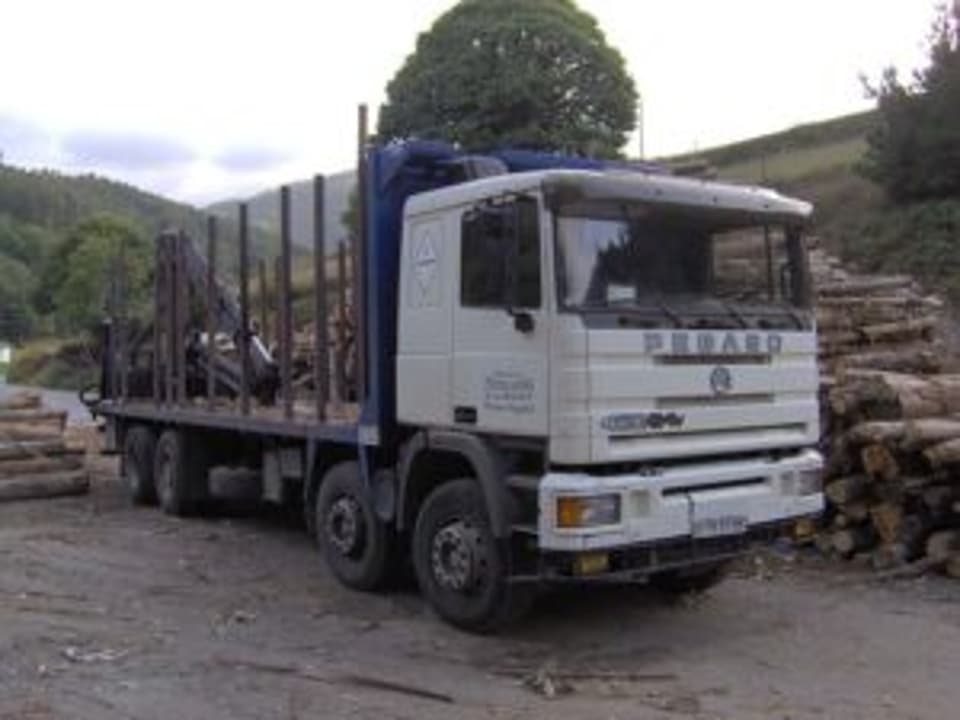
Pegaso Troner (Author: Buron444, public domain, Wikipedia)
These are not all European truck manufacturers who have already made history. Their fates have a common denominator: defeat in the market battle with larger competitors, with greater financial resources and better technology, or takeover by these competitors.
But today we seem to be witnessing the opposite trend. Completely new truck companies began to emerge in Europe. Volta from Sweden, Terberg from the Netherlands, Quantron from Germany and Tevva from Great Britain –these are the harbingers of the zero-emission revolution in road transport, which will take place in the coming years thanks to electric and hydrogen-powered trucks. Will this mean that any of the manufacturers currently dominating the market will disappear (even though the largest players are also working on zero-emission models)? As usual, time will tell.